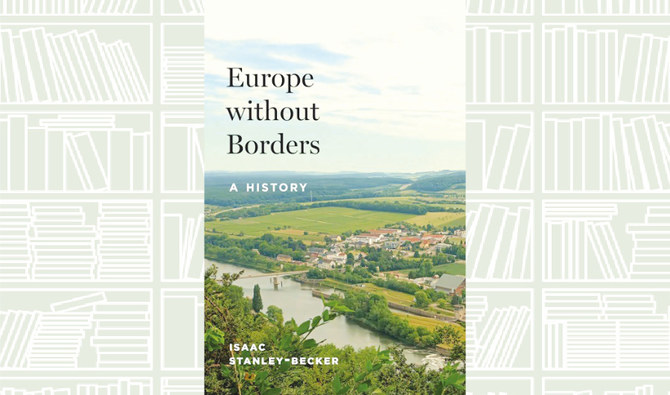“The Culture Map” by Erin Meyer, which was published in 2014, discusses the cultural differences between people and how they influence business interactions.
American author and professor at INSEAD Business School, Meyer talks from personal experience about fundamental points to pay attention to while having interactions with international business owners, peers, or clients.
She uncovers the meaning behind certain behaviors and suggests solutions to overcome the differences between people to accomplish shared goals.
As a cross-cultural management expert, Meyer discusses the elements that contribute to people’s communication and collaboration, including evaluation, persuasion, leadership, decision-making, and trust.
Using practical examples, she explains how misunderstandings sometimes happen when people interpret attitudes using their own lens, which may not be appropriate when relying on personal background and general understanding of the world.
She writes about people appreciating and focusing on what they find meaningful to them. Some cultures value direct feedback, while others tend to lean toward indirect communication when asked to give an opinion.
In addition, the author provides strategies to overcome differences and find common ground, focusing on the importance of learning and understanding cultural norms, and also being adaptable when an individual becomes part of an international team.
She also encourages readers to understand and respect other traditions to build effective relationships with the world around us.
“The Culture Map” is a guide for people who may be working in multicultural environments and want to elevate teamwork while improving intercultural skills.

























